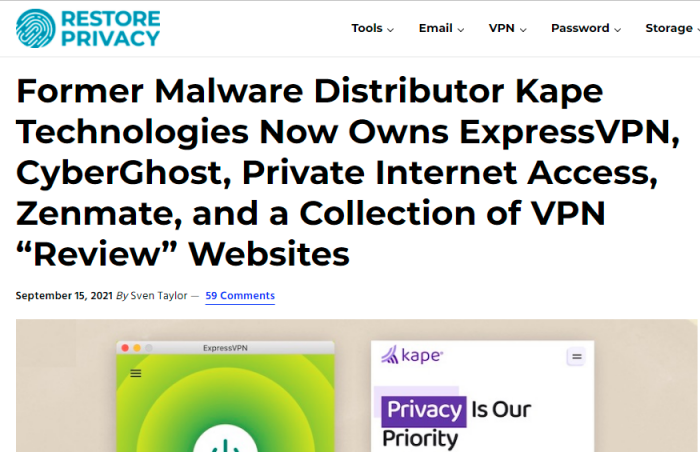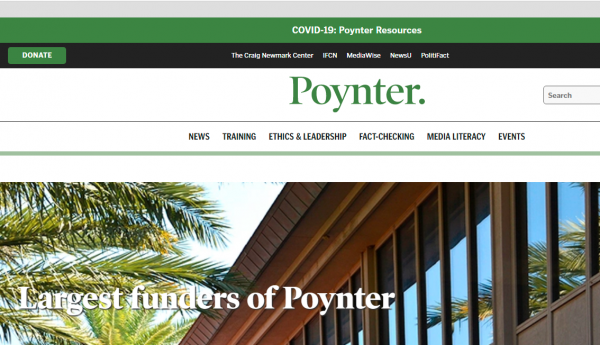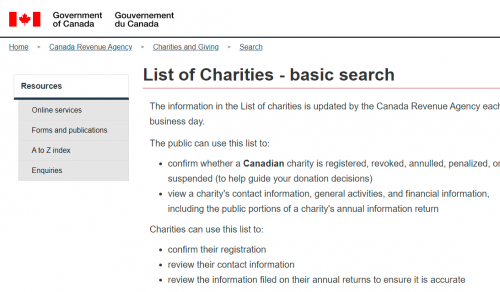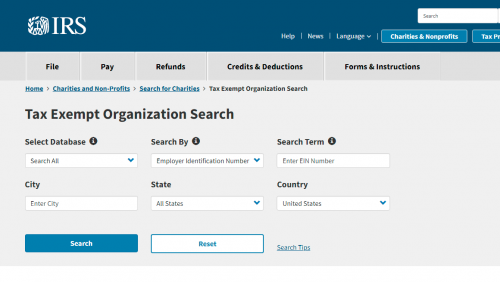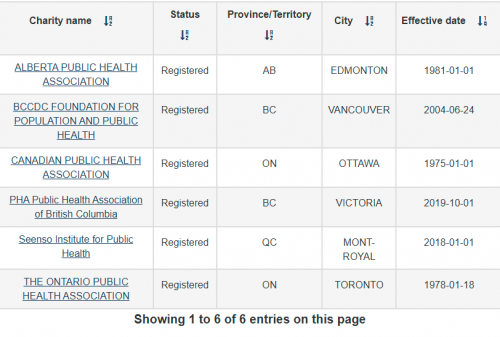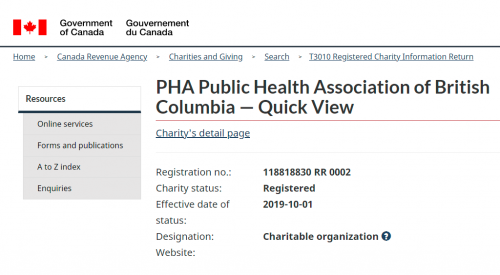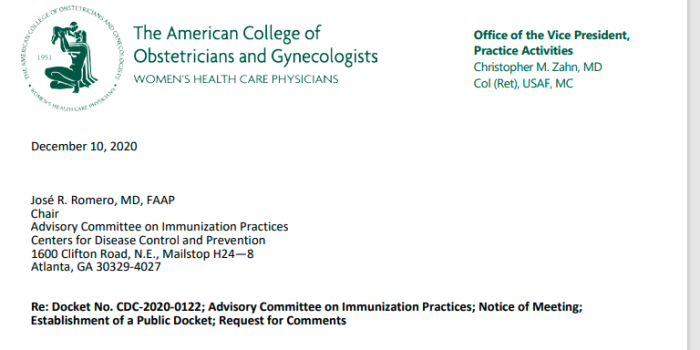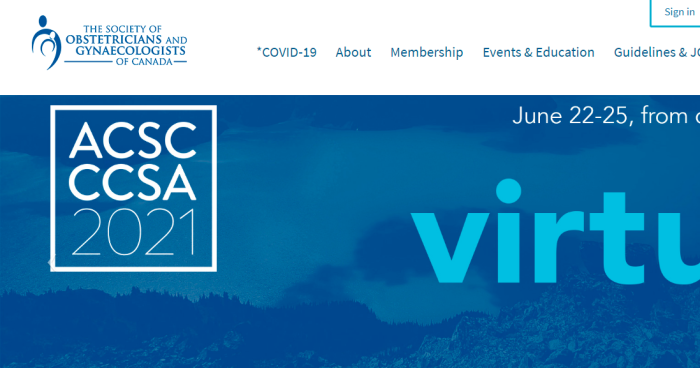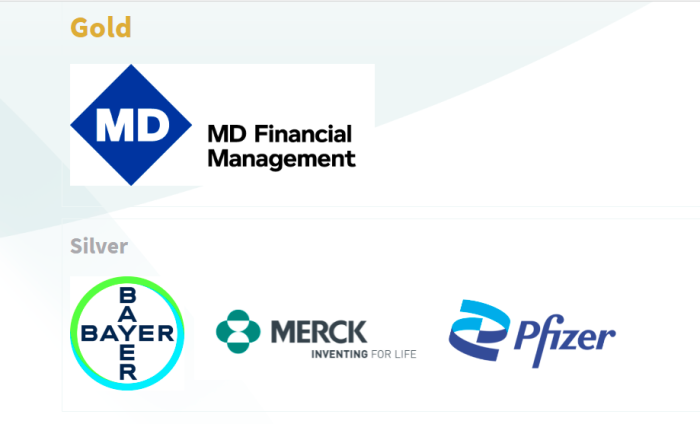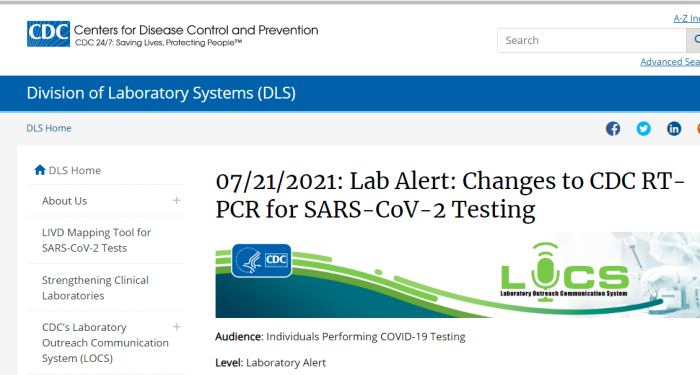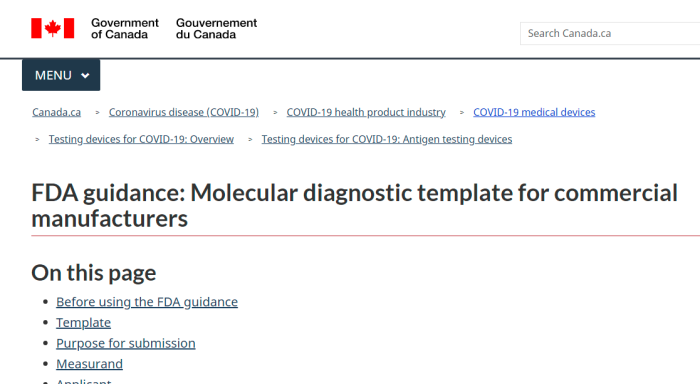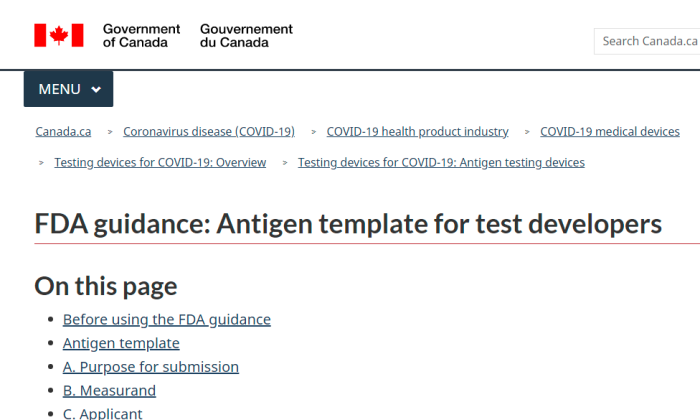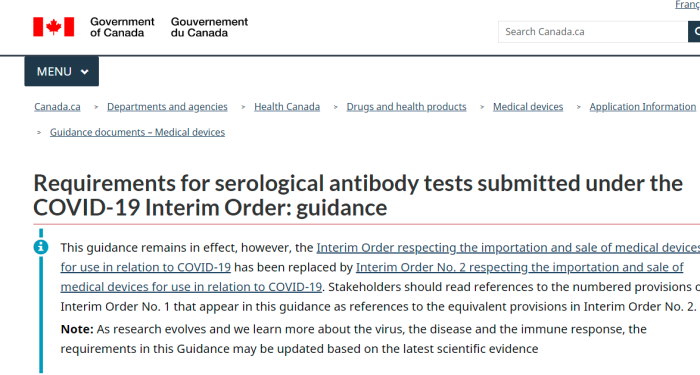
The Public Media Alliance claims that harassment, threats, and violence towards journalists is a serious concern. This organization also thinks the media isn’t independent enough. While that is certainly true, it seems this NGO is less than sincere in what it states it supports.
For some even more Orwellian organizations, check this piece on: (a) Journalism Trust Initiative; (b) Trusted News Initiative; (c) Project Origin: and (d) The Trust Project. There’s also this article on the Coalition For Content Provenance And Authenticity.

So-called public service media, or PSM, refers to media outlets that are either run by, or heavily financed by the respective Governments. The PMA is quite blunt about this.
Financial models for public media organisations vary but an element of public funding is central. This is usually provided by either allocation from general government resources or via a general charge on users (licence fee). Public media organisations also supplement declining public resources with external revenue in order to maintain quality.
However, what will become clear is that the PMA doesn’t really advocate for a free and open media. Instead, it calls for media — and publicly funded ones — that operate within their own ideologies.
Within the PMA, there is a subgroup called the Global Task Force, or GTF.
The GTF claims its values are: access, accuracy, accountability, creativity, impartiality, independence and high standards of journalism. All these underpin an informed and healthy democracy. Many of these are under assault by various forces, both private and public.
It also says on its webpage that “public service media must develop a coordinated global response mechanism in order to defend and promote core values.” At face value, there is nothing that catches attention.
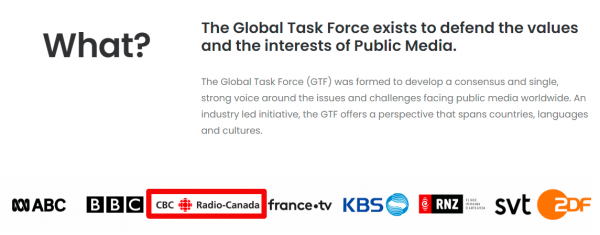
The Global Task Force exists to defend the values and the interests of Public Media.
.
The Global Task Force (GTF) was formed to develop a consensus and single, strong voice around the issues and challenges facing public media worldwide. An industry led initiative, the GTF offers a perspective that spans countries, languages and cultures.
The 8 members of the “Global Task Force” have openly supported the Brussels Declaration, which they claim is a new global initiative to protect journalists and media freedom.
- David Anderson, Managing Director, ABC (Australia)
- Thomas Bellut, Director General, ZDF (Germany)
- Delphine Ernotte Cunci, President & CEO, France Télévisions (France)
- Tim Davie, Director General, BBC (United Kingdom)
- Jim Mather, Chair of the Board, RNZ (New Zealand)
- Hanna Stjärne, Director General, SVT (Sweden)
- Catherine Tait, President & CEO, CBC/Radio-Canada, GTF Chair (Canada)
- Yang Sung-dong, President & CEO, KBS (South Korea)
This is by no means the entire list who endorsed the Brussels Declaration. In fact, dozens of broadcasters, mainly publicly funded, have already signed on to it. These include:
- Radio-Télévision belge de la Communauté française (RTBF) – BEL
- Vlaamse Radio- en Televisieomroeporganisatie (VRT) – BEL
- Radio-Canada – CAN
- CBC/Radio-Canada – CAN
- France Télévisions – FRA
- Radio France – FRA
- British Broadcasting Corporation (BBC) – GBR
- Nederlandse Publieke Omroep (NPO) – NLD
- European Broadcasting Union (EBU) – INT ORG
- Public Media Alliance (PMA) – INT ORG
- Les Médias Francophones Publics – INT ORG
- Zweites Deutsches Fernsehen (ZDF) – DEU
- Arbeitsgemeinschaft der öffentlich-rechtlichen Rundfunkanstalten der Bundesrepublik Deutschland (ARD) – DEU
- International Federation of Journalists – INT ORG
- European Federation of Journalists – INT ORG
- Knowledge Network Corporation – INT ORG
- Die Schweizerische Radio- und Fernsehgesellschaft (SRG SSR) – CHE
- Médias multiplateforme éducatif et culturel du Québec – CAN
- Sveriges Utbildningsradio – SWE
- France Médias Monde – FRA
- Yleisradio – FIN
- Sveriges Television (SVT) – SWE
- Asia – Pacific Broadcasting Organisation – INT ORG
- Lituanian National Television and Radio – LTU
- TV5 Québec Canada – CAN
- TV5MONDE – FRA/INT ORG
- Televisión América Latina (TAL, Union of Latinamerican Public, Educational and Cutlural Broadcasters) – INT ORG
- Sindicato Nacional de Periodistas de Costa Rica – CRI
- Korean Broadcasting System (KBS) – KOR
- Radio New Zealand (RNZ) – NZL
- Radio Télévision Suisse (RTS) – CHE
- Radio and Television of Bosnia and Herzegovina – BIH
- Österreichischer Rundfunk (ORF) – AUT
- Rádio e Televisão de Portugal (RTP) – PRT
- NHK (Japan Broadcasting Corporation) – JPN
- Australian Broadcasting Corporation – AUS
That is quite the list, and it will surely grow in time.
Now, what is the Brussels Declaration? Primarily, it revolves around 5 points and commitments, claiming to want to protect a free and independent media worldwide.
[1] We improve the safety of journalists and other media staff
[2] We stand up for the independence of public broadcasters
[3] We encourage well-informed democratic debate
[4] We support a strong and diverse news media landscape
[5] We promote diversity, fairness and inclusion within our own organisation and in the society we serve
On the surface, there is nothing objectionable about any of this. In fact, these are great goals to work towards. However, when we see these principles applied in practice, and the rampant double standards, questions start to come up.
Each point could be an entire article by itself, but we will try to make this short, and more manageable. Considering the content of the Brussels Declaration, it’s fair to ask who wrote certain parts of Trudeau’s legislation over the last several years.
1. Enhancing the safety of journalists, crews and media professionals
All journalists, crew members and media professionals need to be able to safely perform their duties. To that end, the signatories commit to providing the resources and support their employees need to protect themselves from physical violence and online harassment, while raising public awareness about the impact of those attacks on democracy.
No one supports having physical harm come to journalists. However, legitimate criticism (and trolling) is often conflated with violence or attacking. By doing this, it undermines efforts to hold reporters accountable for what they publish, especially things that are provably false.
That said, there is little to no coverage of protests in Australia, Europe, and elsewhere. Nor do mainstream outlets cover police brutality towards peaceful demonstrators. It’s almost as if there was a certain narrative to push.
2. Standing up for the independence of public service media
The signatories commit to publicly condemning any attempt to undermine the independence of public service media — whether it’s through political pressure, financial threats or retribution, harassment or attacks against employees, or antimedia rhetoric. They also commit to improving understanding of the distinction between public and state broadcasters.
Public service media is independent? Watch 2:25 to 4:40 in particular, from this October 2020 video. Not a peep from any of the “journalists” there. Tam openly admits that: (a) journalists are asked to promote their agenda; (b) social media directs people to certain sites; (c) taking down content; (d) demonetizing content; and (c) manipulating the algorithm to bury certain content . However, not only are there no objections, but no one seems even the slightest bit surprised by this.
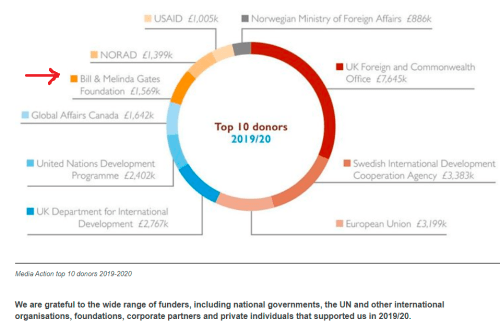

As for the independence of public service media, would it be too much to ask that it be made obvious that the Bill & Melinda Gates Foundation is a major donor of the BBC? It’s not like this was difficult to find, or that it’s even much of a secret at this point.
3. Fostering an informed and civil democratic debate
In response to the global disinformation crisis, the signatories commit to providing trusted news and information, supporting fact-checking initiatives, boosting media literacy, and monitoring and removing hate speech from their platforms. They also pledge to call on social media companies and regulators to eradicate online hate on third-party platforms.
Calling on social media companies to remove “hate”, whatever that is? This raises the obvious question of who actually writes legislation in Parliament to call for such things.
Should the Government be financing the fact-check organizations that keep it in line? Moreover, should political operatives be running such groups? How is there real accountability when the media and the groups monitoring them are funded by the same people? Isn’t it just a dog-and-pony show at that point? It’s not independent if funding depends on pushing a narrative — regardless of who’s pushing it. While too numerous to name here, below are recent articles on exactly this subject.
(a) https://canucklaw.ca/media-subsidies-to-counter-online-misinformation-groups-led-by-political-operatives/
(b) https://canucklaw.ca/taxpayer-grants-to-fight-misinformation-in-media-including-more-pandemic-bucks/
(c) https://canucklaw.ca/counter-intelligence-firms-to-influence-elections-canada-and-abroad-registered-as-charities/
(d) https://canucklaw.ca/more-pandemic-bucks-for-disinformation-prevention-locally-and-abroad-civix/
(e) https://canucklaw.ca/phac-supporting-science-up-first-online-counter-misinformation-group/
(f) https://canucklaw.ca/rockefeller-spends-13-5-million-to-combat-misinformation-in-u-s-elsewhere/
(g) https://canucklaw.ca/poynter-self-claimed-factchecking-group-funded-by-media-giants/
(h) https://canucklaw.ca/disinfowatch-ties-to-atlas-network-connected-to-lpc-political-operatives/
4. Supporting a strong news ecosystem with a diversity of sources
A diverse mix of public, community and private news media is fundamental to a strong news ecosystem and healthy democracy. Consequently, the signatories commit to collaborating with other domestic media outlets to protect local journalism — including sharing best practices on journalist safety and speaking with one voice on common challenges.

Quite interesting. Last April, CBC reported that Dominic LeBlanc, President of the Privy Council, was openly considering laws to ban “misinformation” around the so-called pandemic. Although nothing seems to have happened (yet), this is absolutely chilling. Nonetheless, CBC seemed relatively uninterested, and only gave this a passing mention. Moreover, these outlets seem rather blase about the steady erosion of civil rights, and the ever changing narratives.
Also, how is it exactly that there is a diversity of sources, when they are all being financed to some degree by the Government? Just like the fact-checkers, the media itself is bought off. This extends to many smaller and “independent” news sources. See below.
(a) https://canucklaw.ca/media-in-canada-obedient-to-govt-covid-narrative-largely-because-of-subsidies/
(b) https://canucklaw.ca/postmedia-subsidies-connections-may-explain-lack-of-interest-in-real-journalism/
(c) https://canucklaw.ca/postmedia-gets-next-round-of-pandemic-bucks-from-taxpayers-in-2021/
(d) https://canucklaw.ca/nordstar-capital-torstar-corp-metroland-media-group-more-subsidies-pandemic-bucks/
(e) https://canucklaw.ca/aberdeen-publishing-sells-out-takes-those-pandemic-bucks-to-push-narrative/
(f) https://canucklaw.ca/many-other-periodicals-receiving-the-pandemic-bucks-in-order-to-push-the-narrative/
(g) https://canucklaw.ca/cv-37i-tri-city-news-pulls-article-where-bonnie-henry-admits-false-positives-could-overwhelm-system/
(h) https://canucklaw.ca/canada-emergency-wage-subsidy-bailing-out-banks-credit-unions-media-companies/
(i) https://canucklaw.ca/media-5-the-origins-of-true-north-canada-which-its-founder-hides/
5. Promoting diversity, equity and inclusion within our organizations and in the societies we serve
In order to uphold the ideals of pluralism, tolerance and broadmindedness that underpin democratic societies, the signatories commit to more accurately reflecting the diverse makeup and perspectives of the populations they serve, both in their programming and workforce — while also leading efforts to make their workplace inclusive for everyone.
This presumably means forced diversity. In the West, it means less whites, and in particular, less white men. And that’s pretty twisted, considering how few whites there are in general in the mainstream press.
(a) https://canucklaw.ca/press-forward-anti-white-independent-media-controlled-and-funded-by-the-establishment/
(b) https://canucklaw.ca/hirebipoc-replacing-whites-in-the-media-industry-all-at-taxpayer-expense/
In any event, it’s great news knowing that the CBC and some other outlets have signed the Brussels Declaration. It’s so relieving to know that strong, independent media will continue for the years to come.
Sarcasm aside, it doesn’t appear that the Public Media Alliance, the Global Task Force, or any of these groups actually care about having an independent media. This seems more like an effort to protect their dominance, while ignoring the assault on true reporters.
(1) https://www.publicmediaalliance.org/
(2) https://www.publicmediaalliance.org/global-task-force/
(3) https://www.publicmediaalliance.org/about-us/what-is-psm/
(4) https://www.publicmediaalliance.org/about-us/what-is-psm/content/
(5) https://www.publicmediaalliance.org/brussels-declaration-pma-joins-public-media-and-international-organisations-to-call-for-journalist-safety-and-media-freedom/
(6) https://brusselsdeclaration2021.com/
(7) https://brusselsdeclaration2021.com/declaration
(8) https://canucklaw.ca/journalism-trust-initiative-trusted-news-initiative-project-origin-the-trust-project/
(9) https://canucklaw.ca/coalition-for-content-provenance-and-authenticity-c2pa-project-origin-content-authenticity-initiative/
(10) https://www.cbc.ca/news/politics/covid-misinformation-disinformation-law-1.5532325
(11) https://www.youtube.com/watch?v=_Jr_rkzzr2Q
(12) https://www.bbc.co.uk/mediaaction/about/annual-reports
Like this:
Like Loading...
